
Do not drop, bump, or apply excessive impacts (300 m/s2 or more for reed switches and 1000 m/s2 or more for solid state switches) while handling. Although the body of the switch may not be damaged, the inside of the switch could be damaged and cause a malfunction. 2. Do not carry a cylinder by the auto switch lead wires. Never carry a cylinder by its lead wires.
Do not drop, bump, or apply excessive impacts (300 m/s2 or more for reed switches and 1000 m/s2 or more for solid state switches) while handling. Although the body of the switch may not be damaged, the inside of the switch could be damaged and cause a malfunction. 2. Do not carry a cylinder by the auto switch lead wires. Never carry a cylinder by its lead wires.
Do not drop, bump, or apply excessive impacts (300 m/s2 or more for reed switches and 1000 m/s2 or more for solid state switches) while handling. Although the body of the switch may not be damaged, the inside of the switch could be damaged and cause a malfunction. 2. Do not carry a cylinder by the auto switch lead wires. Never carry a cylinder by its lead wires.
Do not drop, bump, or apply excessive impacts (300 m/s2 or more for reed switches and 1000 m/s2 or more for solid state switches) while handling. Although the body of the switch may not be damaged, the inside of the switch could be damaged and cause a malfunction. 2. Do not carry a cylinder by the auto switch lead wires. Never carry a cylinder by its lead wires.
Do not drop, bump, or apply excessive impacts (300 m/s2 or more for reed switches and 1000 m/s2 or more for solid state switches) while handling. Although the body of the switch may not be damaged, the inside of the switch could be damaged and cause a malfunction. 2. Do not carry a cylinder by the auto switch lead wires. Never carry a cylinder by its lead wires.
Do not drop, bump, or apply excessive impacts (300 m/s2 or more for reed switches and 1000 m/s2 or more for solid state switches) while handling. Although the body of the switch may not be damaged, the inside of the switch could be damaged and cause a malfunction. 2. Do not carry a cylinder by the auto switch lead wires. Never carry a cylinder by its lead wires.
Impact/Vibration resistance (m/s2) Note) 150/50 Enclosure Dustproof Note) Impact resistance: No malfunction from test using drop impact tester, to axis and right angle directions of main valve, each one time when pilot signal ON and OFF.
Acceleration Deceleration Can be set in units of 1mm/s2.
ZU Courtesy of Steven Engineering, Inc.-230 Ryan Way, South San Francisco, CA 94080-6370-Main Office: (650) 588-9200-Outside Local Area: (800) 258-9200-www.stevenengineering.com ZL 1(PV PS PD) PD Table (2) PE ZY Part no.
400 200 640 320 160 of 70 Note3) [mm/s] 505 to 600 800 400 200 stroke 605 to 700 600 300 150 705 to 800 500 250 125 Pushing speed [mm/s] Note4) 35 or less 30 or less 30 or less acceleration/deceleration [mm/s2] 5,000 5,000 5,000 3,000 Positioning repeatability [mm] 0.02[Basic type] / 0.01[High precision type] Lost motion[mm] 0.1 or less[Basic type] / 0.05 or less[High precision type] Lead
600 700 800 600 700 800 Max. speed [mm/s] 500 250 100 900 630 550 500 420 330 250 230 180 0 Min. speed [mm/s] (Independent and interpolation) 10 5 20 12 6 Min. speed [mm/s] (Speed tuning control) 17 9 33 20 10 Model LEFS32 Lead symbol H A B Lead [mm] 24 16 8 Stroke (mm) 600 700 800 900 1000 800 900 1000 800 900 1000 Max. speed [mm/s] 1200 930 750 610 500 500 410 340 250 200 170 Min. speed
Do not drop, bump, or apply excessive impacts (300 m/s2 or more for reed switches and 1000 m/s2 or more for solid state switches) while handling. Although the body of the switch may not be damaged, the inside of the switch could be damaged and cause a malfunction. 2. Do not carry a cylinder by the auto switch lead wires. Never carry a cylinder by its lead wires.
Guide Series LG1H21 How to Order 500 LG1H21 F R 2 A1 PC S2 Photo micro switch IO connector Stroke (mm) Refer to the standard stroke.
without control unit and bracket mounted, Others 30 m/s2, whichever is smaller for 2 hours in X, Y, Z direction each (De-energized) Vibration resistance Without control unit and bracket mounted: 980 m/s2, Others: 150 m/s2 in X, Y and Z direction, 3 times each (De-energized) Nil: Rc 1/8, N type: NPT 1/8, F type: G 1/8 4-core, oil resistant, cable (0.64 mm2) with M12, 4-pin pre-wired connector
Do not drop, bump, or apply excessive impacts (300 m/s2 or more for reed switches and 1000 m/s2 or more for solid state switches) while handling. Although the body of the switch may not be damaged, the inside of the switch could be damaged and cause a malfunction. 2. Do not carry a cylinder by the auto switch lead wires. Never carry a cylinder by its lead wires.
[mm] Note 6) Impact/Vibration resistance [m/s2] Note 7) 150/30 Max. operating frequency [C.P.M] 60 Operating temperature range [C] 5 to 40 Operating humidity range [%RH] 90 or less (No condensation) Basic 975 1265 410 185 Weight [g] Compact 345 150 28 20 42 Motor size Motor type Step motor (Servo/24 VDC) Encoder Incremental A/B phase (800 pulse/rotation) 24 VDC 10% Rated voltage [V] Power
Setting example of pulse signal Actuator lead: 10[mm/rotation], electronic gear (denominator): 1, electronic gear (numerator): 1 2 pulse mode (Pulse input for each direction) Target position1: Travel amount 100mm Travel speed 30mm/s Acceleration 3000mm/s2 Deceleration 3000mm/s2 Target position2: Travel amount 60mm Travel speed 100mm/s Acceleration 2000mm/s2 Deceleration 2000mm/s2 Calculation
Count AF Supply pressure: 1.0 MPa Pressure Characteristics Flow Characteristics Set pressure: 0.45 MPa AR 1000 1 Courtesy of Steven Engineering, Inc.-230 Ryan Way, South San Francisco, CA 94080-6370-Main Office: (650) 588-9200-Outside Local Area: (800) 258-9200-www.stevenengineering.com 900 kPa 900 Output deviation factor (% F .S.) 800 kPa IR 800 0.5 700 kPa Set pressure (kPa) 700 600 kPa
Refer to pages starting with 181 for mounting. 3-8H10 depth 10 30 A B Stroke Model LG1H202PC-500-F LG1H202PC-600-F LG1H202PC-700-F LG1H202PC-800-F LG1H202PC-900-F LG1H202PC-1000-F 350 450 550 650 750 850 370 470 570 670 770 870 500 600 700 800 900 1000 95 B 100 95 8-6.2 110 95 20 95 A Positioning Time Guide Positioning time Positioning time (sec.)
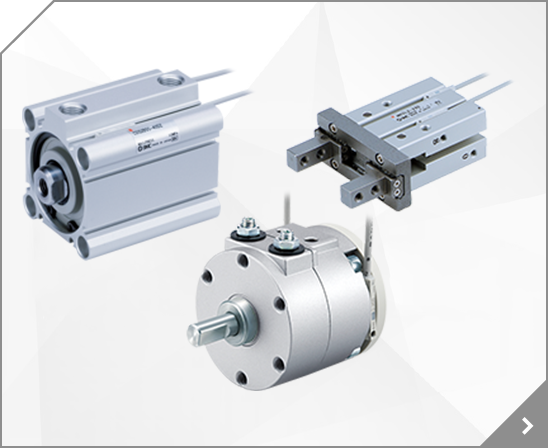
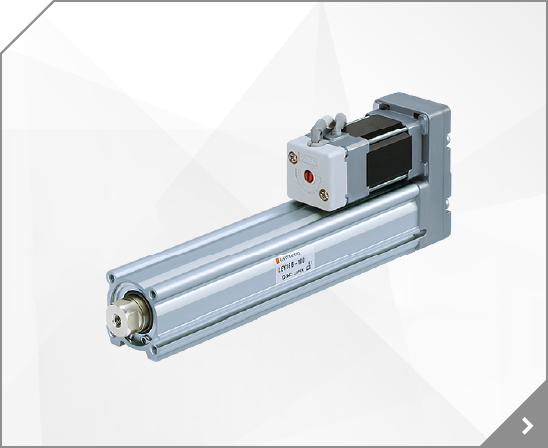
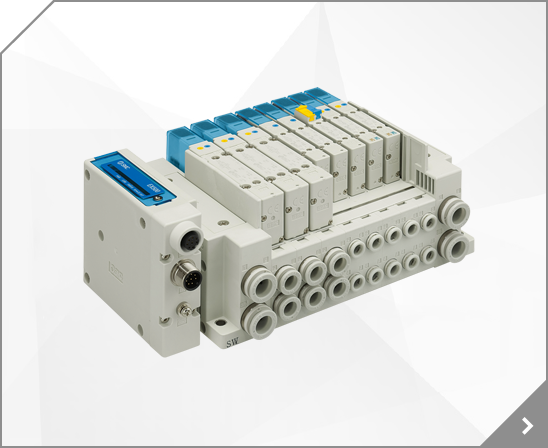
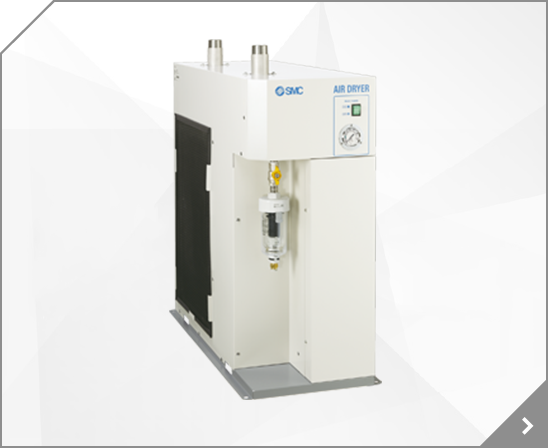
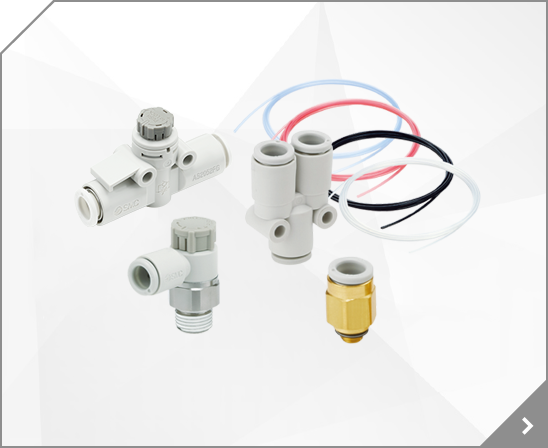
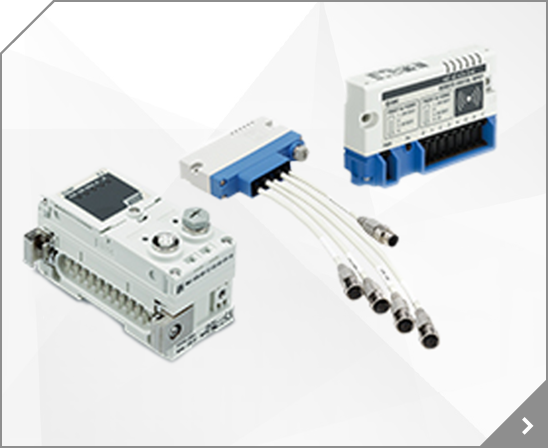
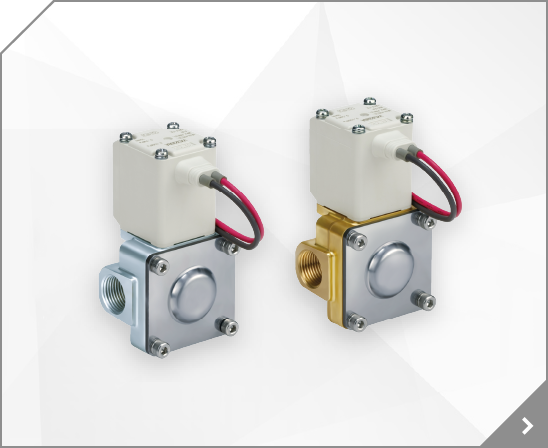
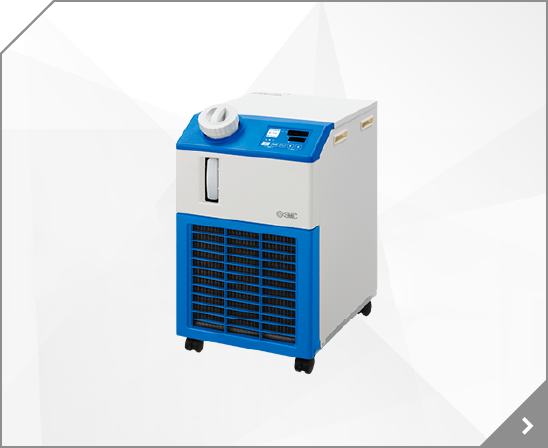
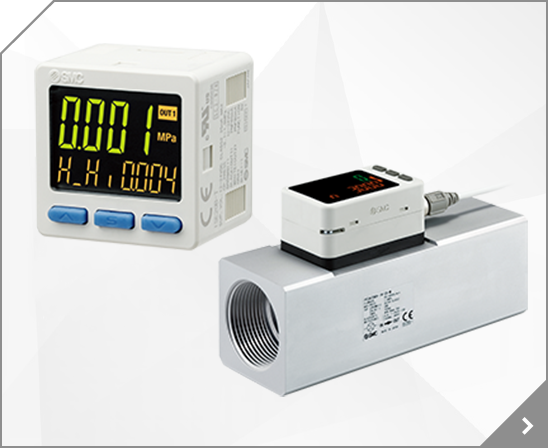
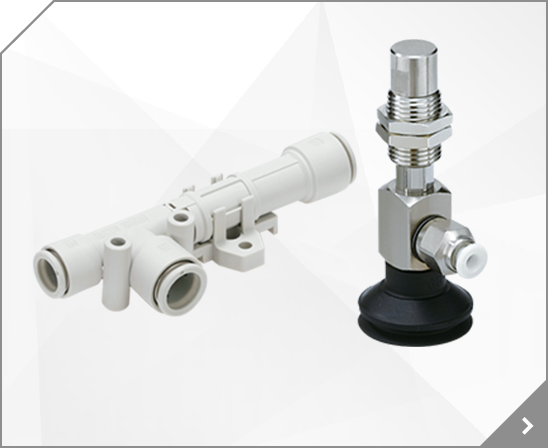

 Auto Switch Guide
Auto Switch Guide